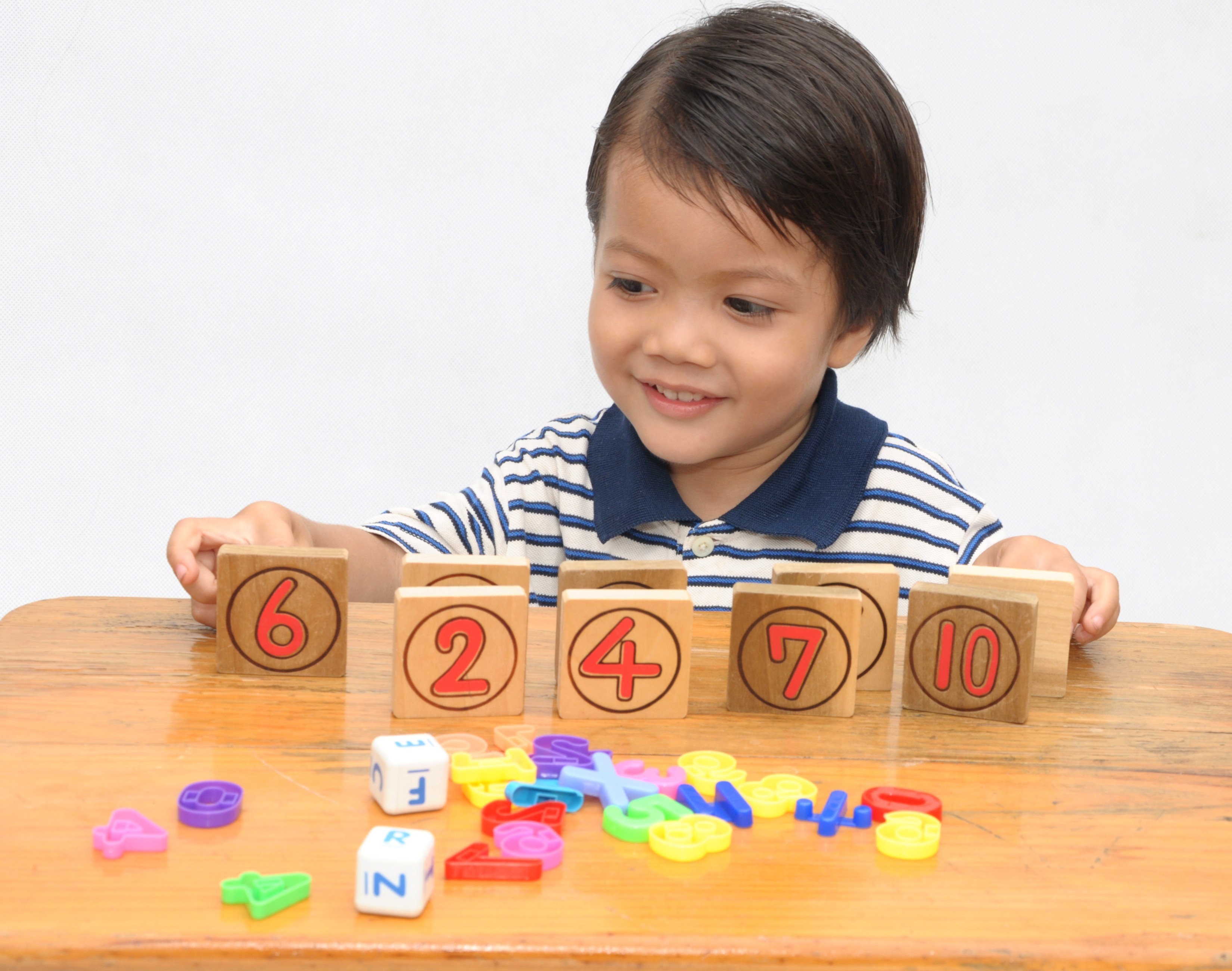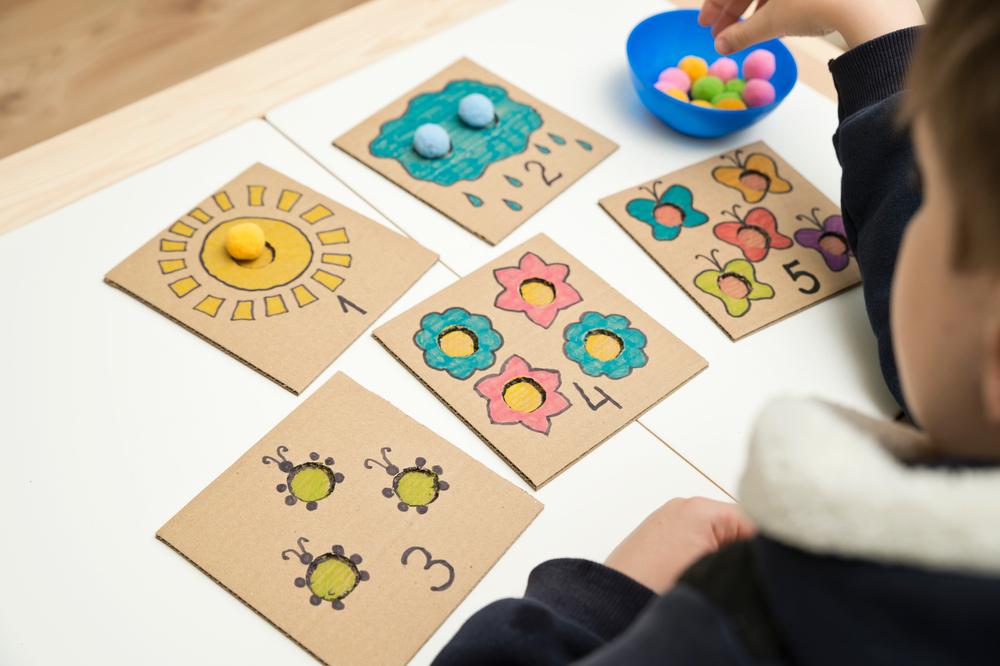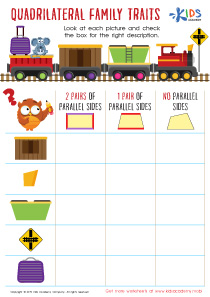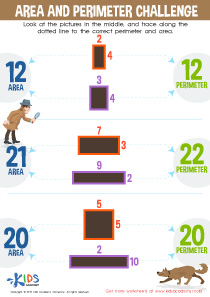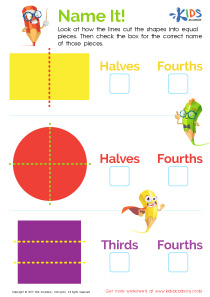Cognitive Development Tracing Shapes Worksheets for Ages 6-9
4 filtered results
-
From - To
Unlock your child's potential with our Cognitive Development Tracing Shapes Worksheets, designed specifically for ages 6-9. These engaging worksheets promote essential cognitive skills through fun shape tracing activities. As children follow along with various geometric shapes, they enhance their hand-eye coordination, fine motor skills, and spatial awareness. Our expertly crafted worksheets incorporate a blend of creativity and learning, making the process enjoyable for kids. Ideal for home or classroom use, these resources support early math skills while fostering critical thinking and problem-solving abilities. Encourage your child's growth and confidence in math with our comprehensive shape tracing worksheets today!
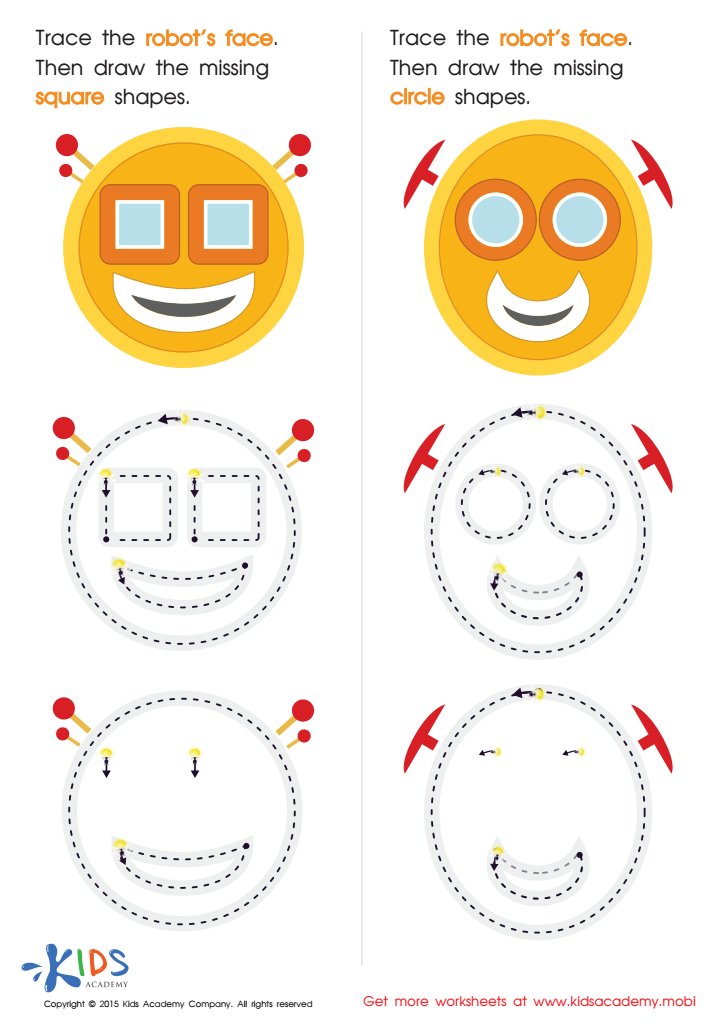

Practicing to Draw Circles And Squares Printable
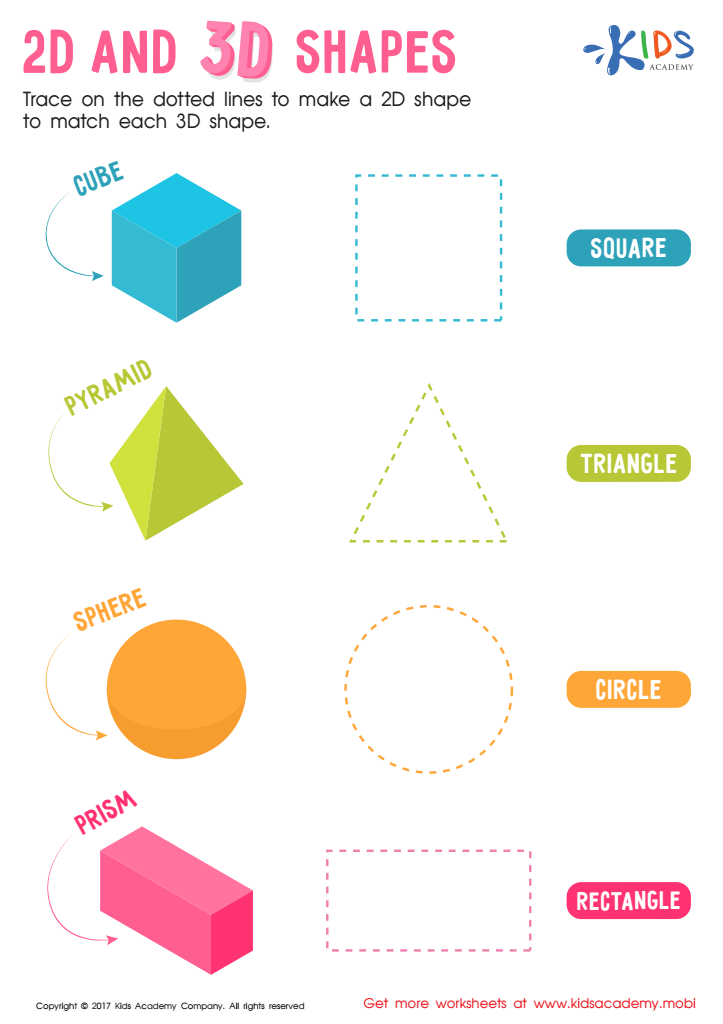

2D and 3D Shapes Worksheet
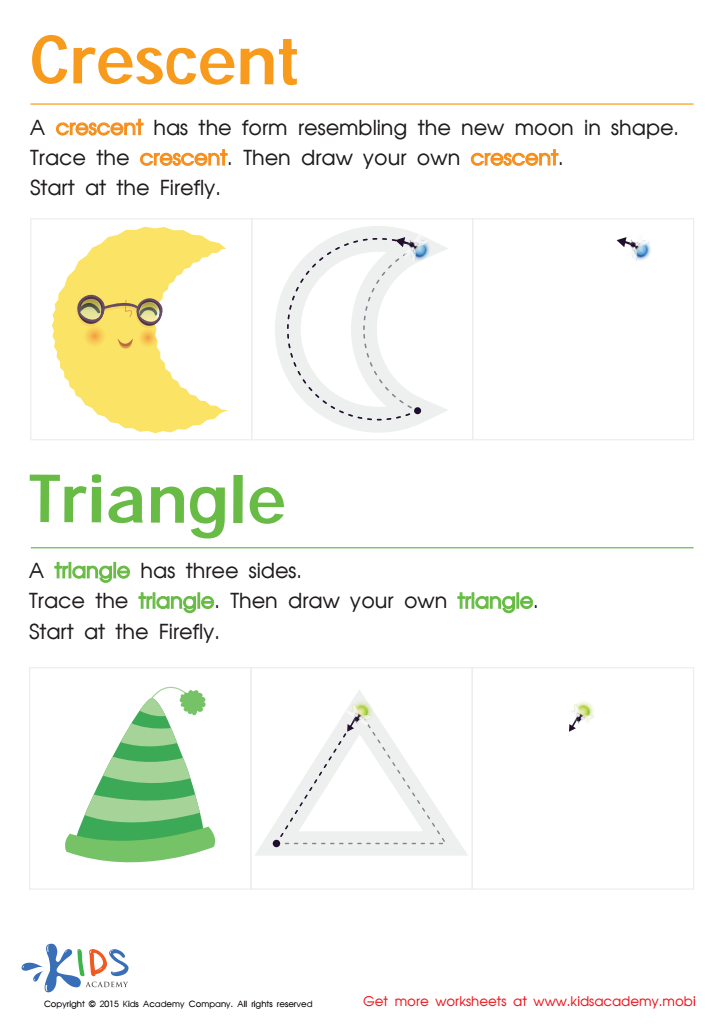

Learning to Draw Crescents And Triangles Worksheet
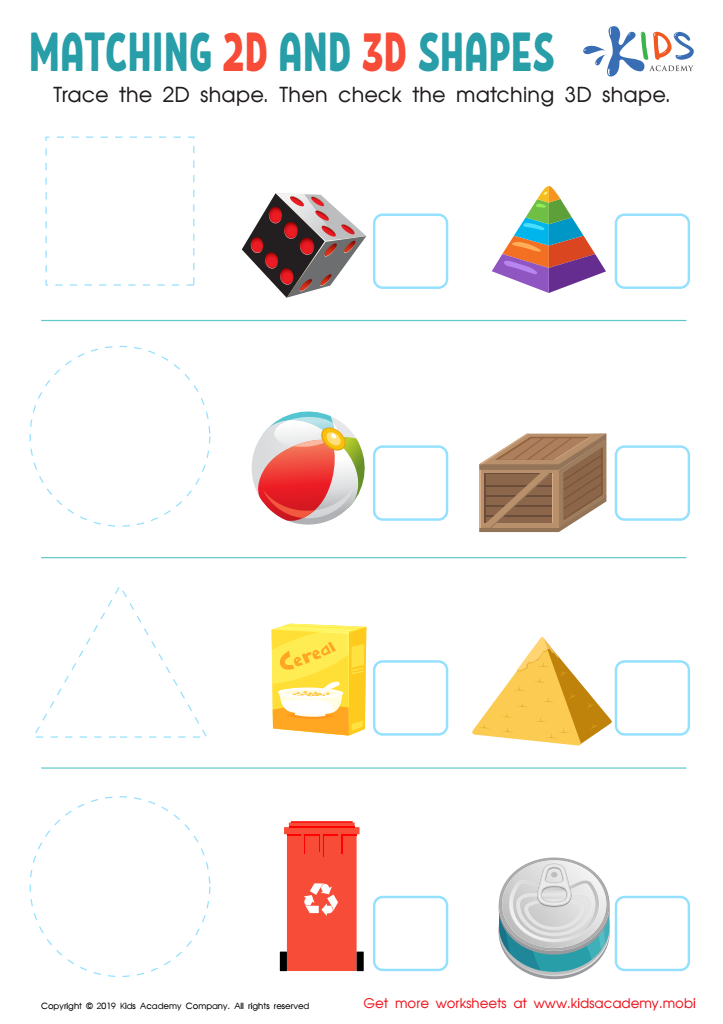

Matching 2D and 3D Shapes Worksheet
Cognitive development during the ages of 6-9 is a crucial phase where children refine their thinking, problem-solving, and spatial awareness skills. Tracing shapes is an engaging activity that significantly contributes to this cognitive growth. It fosters fine motor skills, which are essential for writing and other hand-eye coordination tasks. As children trace, they develop better control over their movements, enhancing their confidence in various activities.
Furthermore, tracing shapes introduces mathematical concepts like geometry and symmetry in a hands-on manner, allowing children to visualize and understand relationships between different figures. This foundational knowledge is critical as it supports future math learning and logical reasoning.
Additionally, tracing shapes encourages concentration and persistence. Children must focus on maintaining the outline, helping to build attention spans that are essential for all academic tasks. It also offers opportunities for creativity. Once children master tracing, they can explore drawing or designing within the shapes, promoting imaginative thinking.
In essence, understanding the cognitive benefits of tracing shapes empowers parents and teachers to advocate for these activities, as they enrich learning experiences and lay the groundwork for children's future academic and personal success.
 Assign to My Students
Assign to My Students





